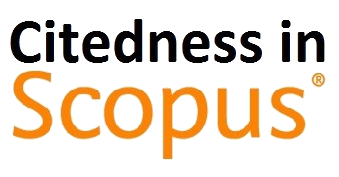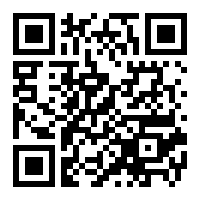Correlation of Ambiguity of Steganography with Cryptography in Text-Based Data Security
(1) STMIK Pelita Nusantara
(2) STMIK Pelita Nusantara
(3) STMIK Pelita Nusantara
(4) STMIK Pelita Nusantara
(*) Corresponding Author
Abstract
The development of information technology began with advances in the field of computerization. The early use of computers to simply write, create graphics and images and store incredible data has been transformed into a communication tool with a soft network that can cover the entire world. With the advancement of technology, the process of interaction between humans can reach the layers of society in the back of any world becomes increasingly open. Along with the advancement of technology all the information needed can be obtained easily, not least information that is confidential or top secret. Because with the help of technology all confidential information is locked or stored properly even though it can be opened and accessed by irresponsible parties. The most popular methods today are steganography and cryptography. Steganography is where confidential data is hidden or pasted in other data such as images, text, audio, or video so as not to cause suspicion of others or steganalyst. Unlike the cryptographic method, where secret data messages are scrambled or encoded so that they cannot be understood by others. And this raises suspicions from the other party or often called cryptanalyst. Based on the results or outputs of a text-based steganography (stegoteks) process against a message, text steganography in Indonesian patterns can evoke a correlation of ambiguity with cryptography in avoiding disclosure of confidential messages with a 100% accuracy rate.
Full Text:
PDFReferences
Daryanto Setiawan, "Development of Communication Technology and Its Impact on Life," J. Educator., 2017, doi: 10.1155/2015/146250.
LM Jannah, I. Santoso, and Y. Christyono, "Performance of End Of File Steganography Method on Digital Image Data," Transient, 2018, doi:10.14710/transient.7.1.34-39.
WJ Buchanan, Cryptography. 2017.
WJ Buchanan, S. Li, and R. Asif, “Lightweight cryptography methods,” J. Cyber Security. Technol., 2017, doi:10.1080/23742917.2017.1384917.
MM Amin, "Implementation of Classical Cryptography in Text-Based Communication," Pseudocode, 2017, doi:10.33369/pseudocode.3.2.129-136.
R. Fanry Siahaan, M. Zarlis, and BB Nasution, “Performance analysis of steganography alphanumeric text in the text based on Indonesian linguistic,” IOP Conf. Ser. mater. science. eng., vol. 420, no. 1, p. 012123, Oct. 2018, doi:10.1088/1757-899X/420/1/012123.
N. Hamid, A. Yahya, RB Ahmad, and OM Al-Qershi, “Image steganography techniques: an overview,” int. J. Comput. science. Secur., 2012.
R. Gawade, P. Shetye, V. Bhosale, and PN Sawantdesai, “Data Hiding Using Steganography For Network Security,” int. J. Adv. res. Comput. comm. eng., 2014.
MW Chao, CH Lin, CW Yu, and TY Lee, “A high capacity 3D steganography algorithm,” 2009, doi: 10.1109/TVCG.2008.94.
S. Edward Jero and P. Ramu, “Curvelets-based ECG steganography for data security,” electrons. Lett., 2016, doi:10.1049/el.2015.3218.
D. Artz, “Digital steganography: Hiding data within data,” IEEE Internet Computing., 2001, doi:10.109/4236.935180.
NF Johnson and S. Jajodia, “Exploring steganography: Seeing the unseen,” Computer (Long. Beach. Calif)., 1998, doi:10.109/MC.1998.4655281.
IGNK Putrayasa, “Types and Patterns of Indonesian Sentences,” Https://Repository.Unud.Ac.Id/Protected/Storage/Upload/Repository/C5Af5469574856E21718C34882583925.Pdf, 2016.
A. Hasan, "Standard Grammar of the Indonesian Language," Dep. Educator. and Kebud. Republic of Indonesia., 2007.
DOI: https://doi.org/10.30645/ijistech.v5i2.138
Refbacks
- There are currently no refbacks.
Jumlah Kunjungan:
Published Papers Indexed/Abstracted By:












